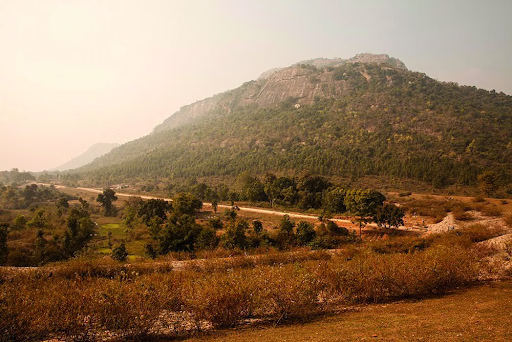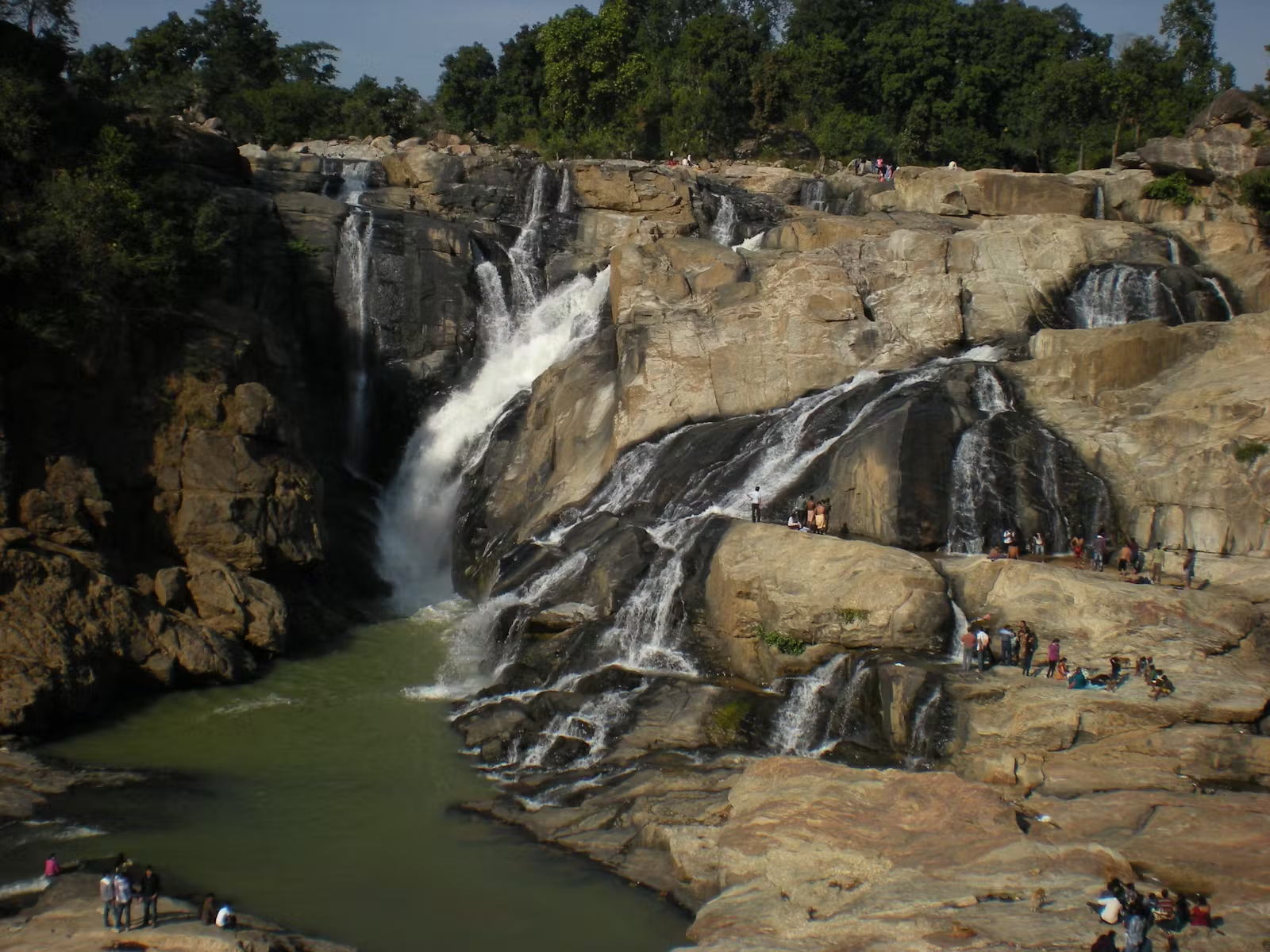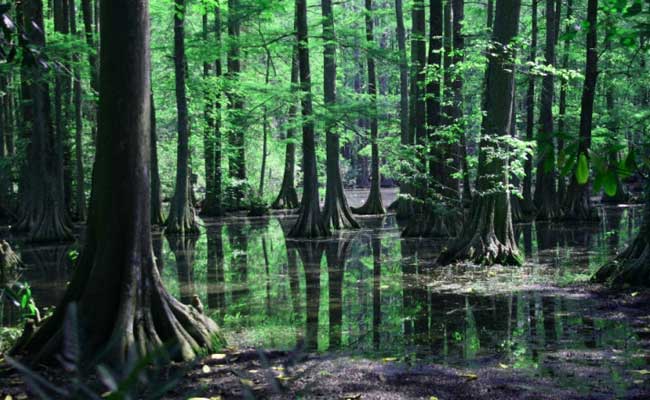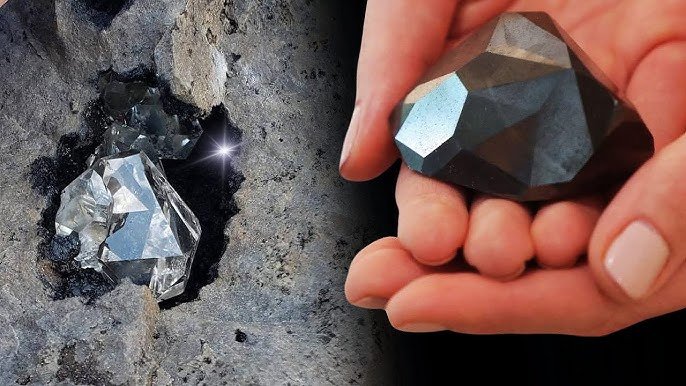The Chota Nagpur Plateau, often referred to as the “Mineral Heartland of India”, is one of the most resource-rich regions in the country. Located primarily in Jharkhand, and extending into parts of Odisha, Chhattisgarh, West Bengal, and Bihar, this plateau plays a vital role in powering India’s industrial and economic growth. Its vast mineral reserves, scenic beauty, and tribal heritage make it both an economic and cultural treasure.
Geographical Overview
The Chota Nagpur Plateau forms part of the Peninsular Plateau of India, lying in the eastern region of the country. It covers an area of about 65,000 square kilometers, with an average elevation of 700 meters above sea level.
The plateau is bounded by the Ranchi Plateau in the south, Hazaribagh Plateau in the north, and the Rajmahal Hills in the northeast. Major rivers such as the Damodar, Subarnarekha, Koel, and Son originate or flow through this region, enriching its soil and sustaining its ecology.
Mineral Wealth and Resources
The Chota Nagpur Plateau is abundantly blessed with a wide range of minerals, earning it the title of “the Ruhr of India”, comparing it to Germany’s famous industrial region. Some of the most valuable minerals found here include:
- Iron Ore: Found in large quantities in Singhbhum (Jharkhand) and Keonjhar (Odisha), it forms the backbone of India’s steel industry.
- Coal: The Jharia, Bokaro, and Raniganj coalfields are among the richest in Asia.
- Manganese: Essential for steel manufacturing, mined in parts of Jharkhand and Odisha.
- Mica: Once a major export item, mined in Hazaribagh and Giridih districts.
- Copper and Bauxite: Found in Singhbhum and Ranchi, used in electrical and aluminum industries.
- Limestone and Dolomite: Support cement and metallurgical industries.
These minerals provide the raw materials for heavy industries across India, making this plateau the core of India’s mining economy.

Industrial and Economic Importance
Thanks to its rich mineral base, the Chota Nagpur Plateau is home to many industrial hubs and public sector enterprises. Cities like Jamshedpur, Bokaro, Dhanbad, and Rourkela have grown around major industrial plants such as:
- Tata Iron and Steel Company (TISCO) in Jamshedpur
- Bokaro Steel Plant
- Rourkela Steel Plant
- Heavy Engineering Corporation (HEC) in Ranchi
The presence of coal mines, steel industries, and power plants makes this region the driving force of India’s industrial development.
Tribal Culture and Biodiversity
Beyond its minerals, the Chota Nagpur Plateau is also known for its rich tribal culture and biodiversity. It is home to various tribal communities like the Santhal, Munda, Oraon, and Ho, who have preserved their unique traditions, music, dance, and craftsmanship for centuries.
The plateau’s forests, covering large parts of its terrain, are rich in sal, teak, and bamboo, and support diverse wildlife including elephants, leopards, and deer. Sanctuaries like Betla National Park and Palamau Tiger Reserve contribute to ecological balance and tourism.
Challenges and Environmental Concerns
Despite its abundance, the region faces several environmental and socio-economic challenges:
- Deforestation and land degradation due to excessive mining
- Water and air pollution from industrial waste
- Displacement of tribal communities
- Inequitable distribution of mining wealth
Efforts are being made by both government and private organizations to promote sustainable mining, eco-restoration, and tribal welfare in the region.
The Chota Nagpur Plateau stands as a symbol of India’s natural wealth and industrial might. Its minerals fuel the nation’s progress, while its forests and people reflect India’s deep-rooted cultural diversity. Balancing economic development with environmental protection and social equity is the key to ensuring that this mineral-rich plateau continues to thrive as the true heartland of India.
Subarnarekha River: Origin and Ending Point
Black Diamond Treasure of India
Climate Change and Global Warming
Tours And Travels Website Design
![]()





